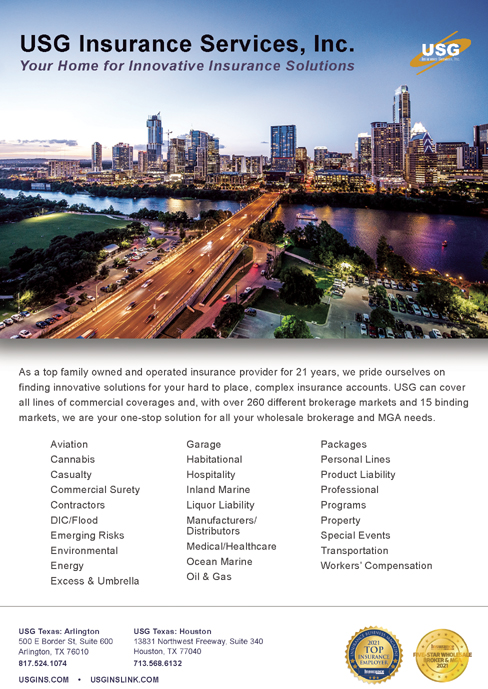In 2021, U.S. insurers experienced a $3.8 billion net underwriting loss, having had a $5.2 billion underwriting gain in 2020. The loss comes despite earned premium growth of 7.4 percent. The loss is attributable to an 11.1 percent growth in incurred losses and loss adjustment expenses.

In spite of this underwriting loss, the property/casualty insurance industry ended 2021 strong and able to support policyholders, according to a report from Verisk, a global data analytics provider, and the American Property Casualty Insurance Association. The report, Property/Casualty Insurance Results: 2021, was released on May 26.
“Last year brought strong premium and surplus growth as the economy recovered from Covid-19,” said Neil Spector, president of underwriting solutions at Verisk.
“Importantly,” said Spector, “this capital cushion bolsters insurers’ ability to respond to future claims as well as looming uncertainties in capital markets, global political risks and record inflation. In these complicated times, access to accurate underwriting data and advanced analytics will help equip insurers with the tools they need to weather the storms facing them.”
The deterioration in underwriting results was driven by growth in non-catastrophe losses, especially for personal auto. The insured losses from catastrophes in 2021, including Hurricane Ida in September, remained significant at $56.3 billion, but it was down from $61.4 billion from catastrophes in the prior year.
Net non-catastrophe losses and loss adjustment expenses increased 17.1 percent, excluding development of LLAE reserves.
The industry saw a $1.6 billion increase in net income after taxes, due to investment income and realized capital gains. A combination of factors, including significant unrealized capital gains, propelled policyholders’ surplus to a new record of $1,032.5 billion. Insurers’ rate of return on average policyholders’ surplus, a measure of overall profitability, declined to 6.4 percent from 6.9 percent in 2020.
Robert Gordon, senior vice president, policy, research and international for APCIA, noted that insurers’ combined ratio increased to 99.6 percent, and investment yields dropped to their lowest level since at least 1960.
The 2021 combined ratio was at its highest level since 2017, a year marred by catastrophe losses from hurricanes Harvey and Maria.
The fourth quarter of 2021 saw continued growth in net written premium; however, 2021 Q4’s pre-catastrophe combined ratio of 94.4 percent was the highest since 2019’s fourth quarter and the second highest since the third quarter of 2017.
The industry’s net income fell to $19.7 billion in fourth-quarter 2021 from the record $25.1 billion in fourth-quarter 2020, and the annualized rate of return on average surplus fell to 7.9 percent from 11.3 percent a year prior. The 7.9 percent is close to the 30-year average of 7.8 percent for rates of return.
Looking only at the fourth quarter of 2021, net written premiums rose $13.8 billion, or 8.9 percent, compared to 2020. Net underwriting gains, however, declined to $1.8 billion from $4.9 billion in fourth-quarter 2020, and the combined ratio deteriorated to 100.0 percent from 98.2 percent a year prior.
In its analysis of the data, APCIA said there continues to be significant impact from inflationary pressures, which are continuing in 2022. In March of this year, the consumer price index jumped 8.5 percent from a year earlier, the fastest 12-month pace since the early 1980s, said Gordon.
Gordon also noted that despite investment yields falling to 2.6 percent, the lowest annual yields in 60 years, insurers’ surplus growth was driven in part by $109.2 billion in capital gains on investments. Gordon added that some capital gains on investments may have already significantly deteriorated in the bond and equity markets in early 2022.
“While the industry balance sheet is strong enough to meet the commitments to insureds, it is facing emerging challenges from the significant and increasing impact of catastrophic weather events, cyber risk and significant price and social inflation/lawsuit abuse,” said Gordon.




Recent Comments